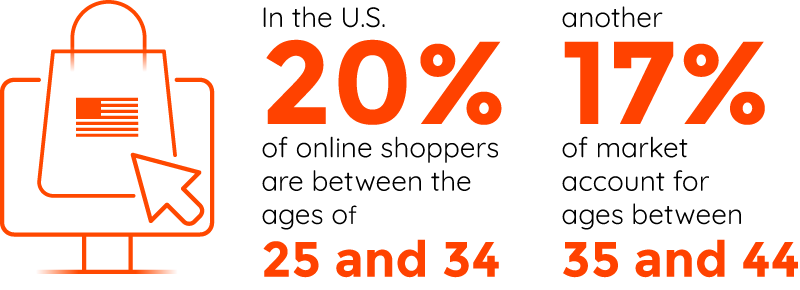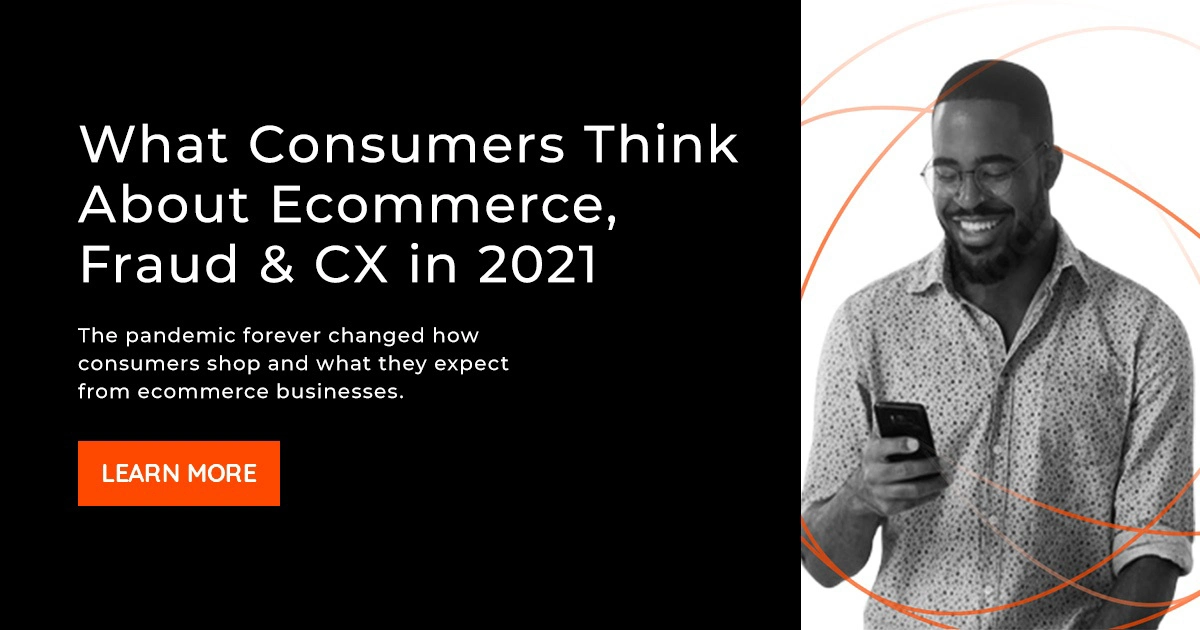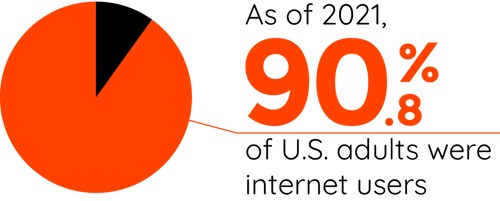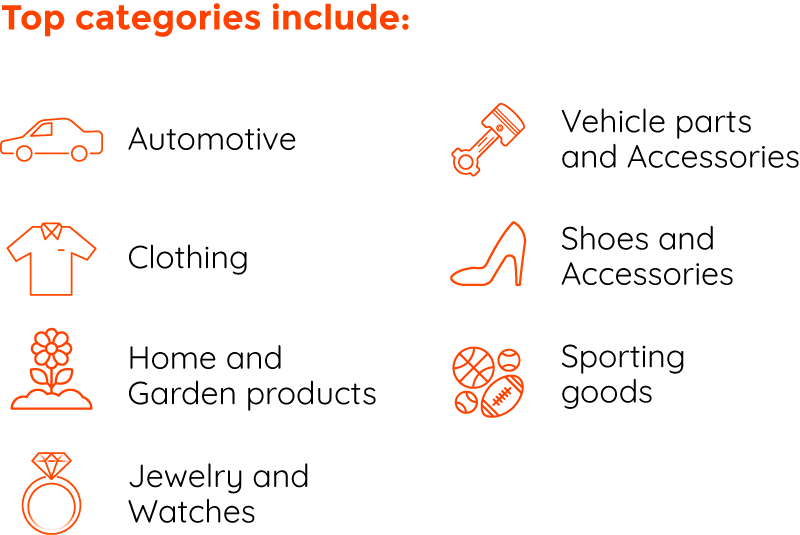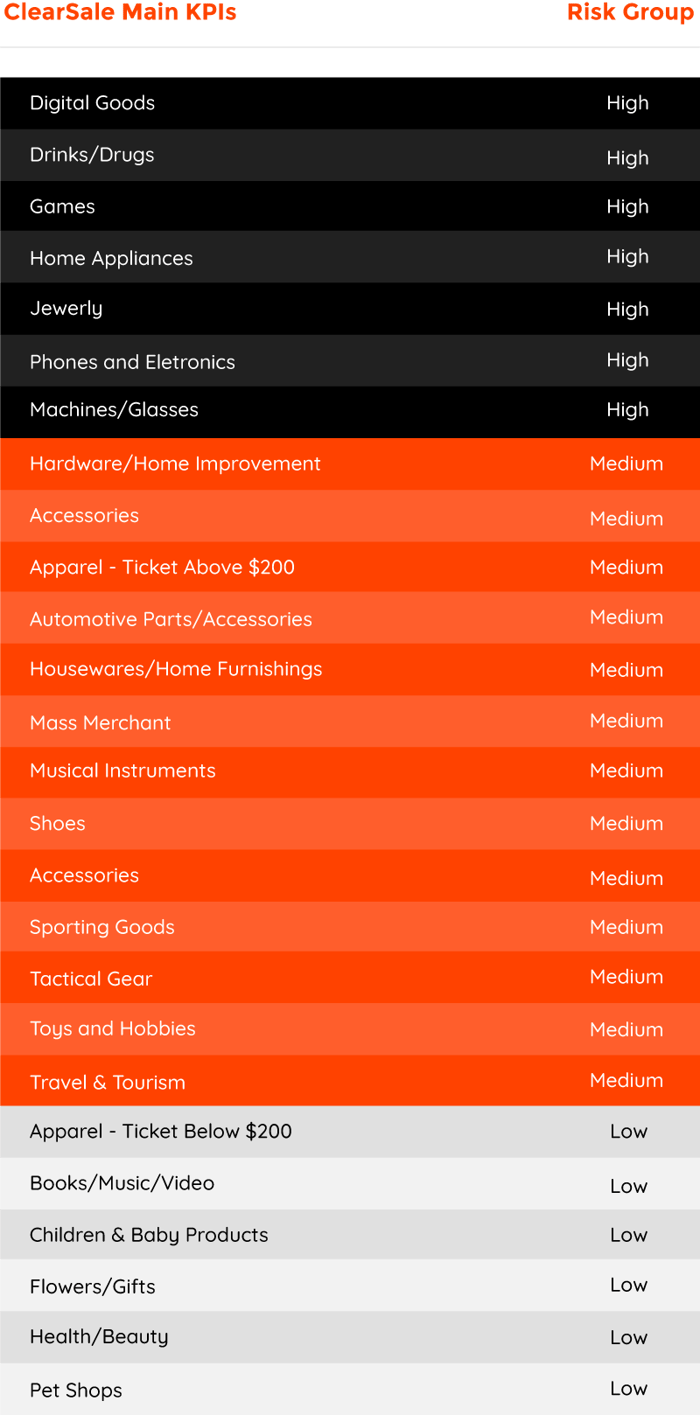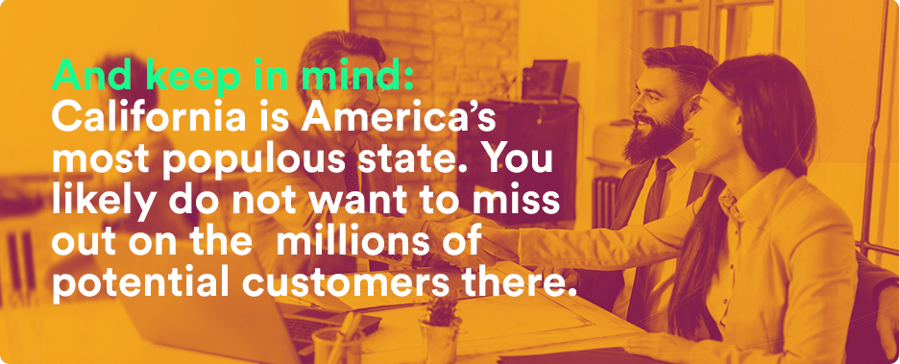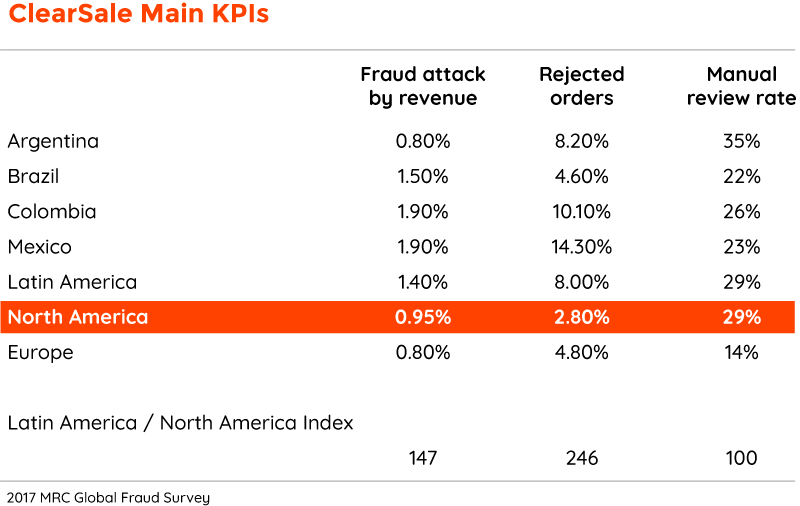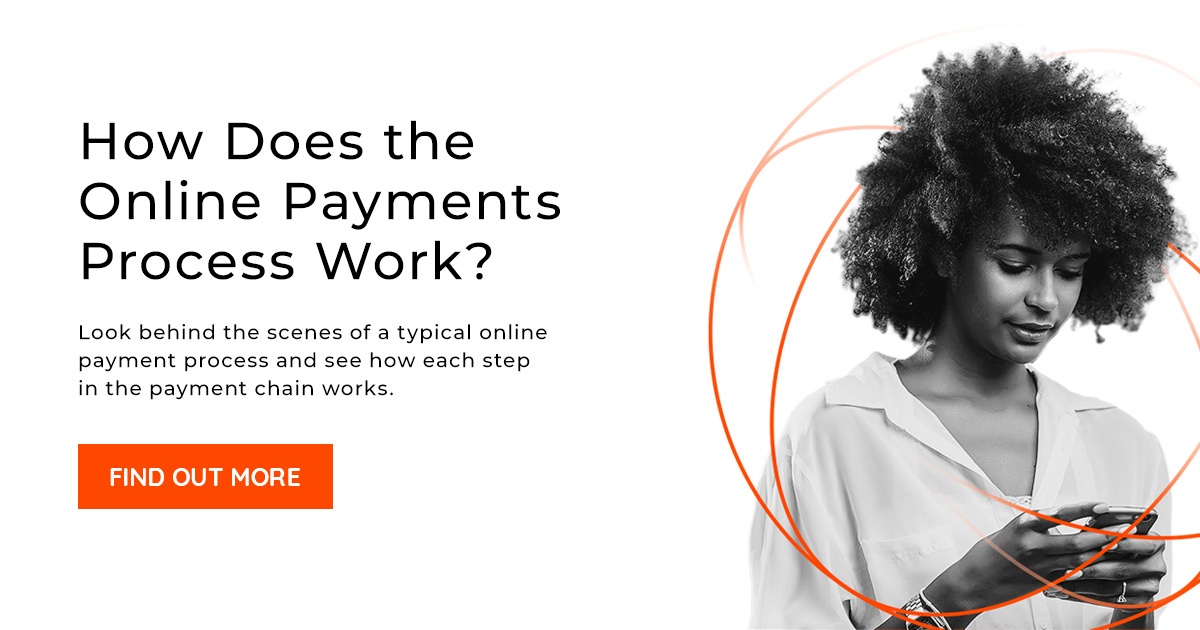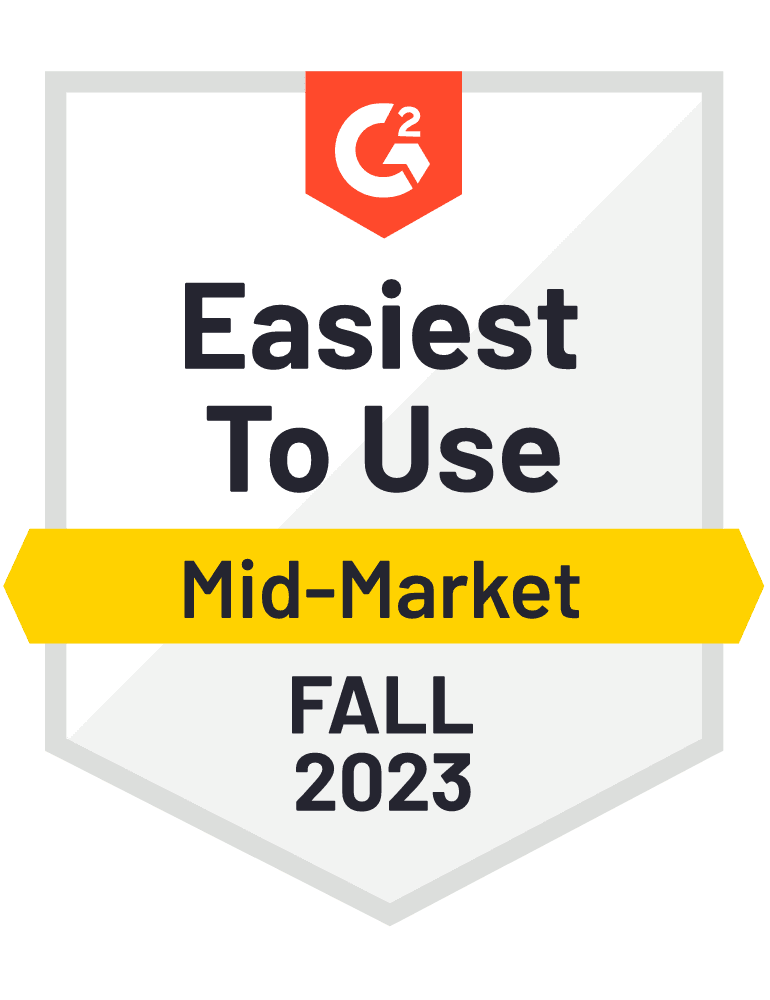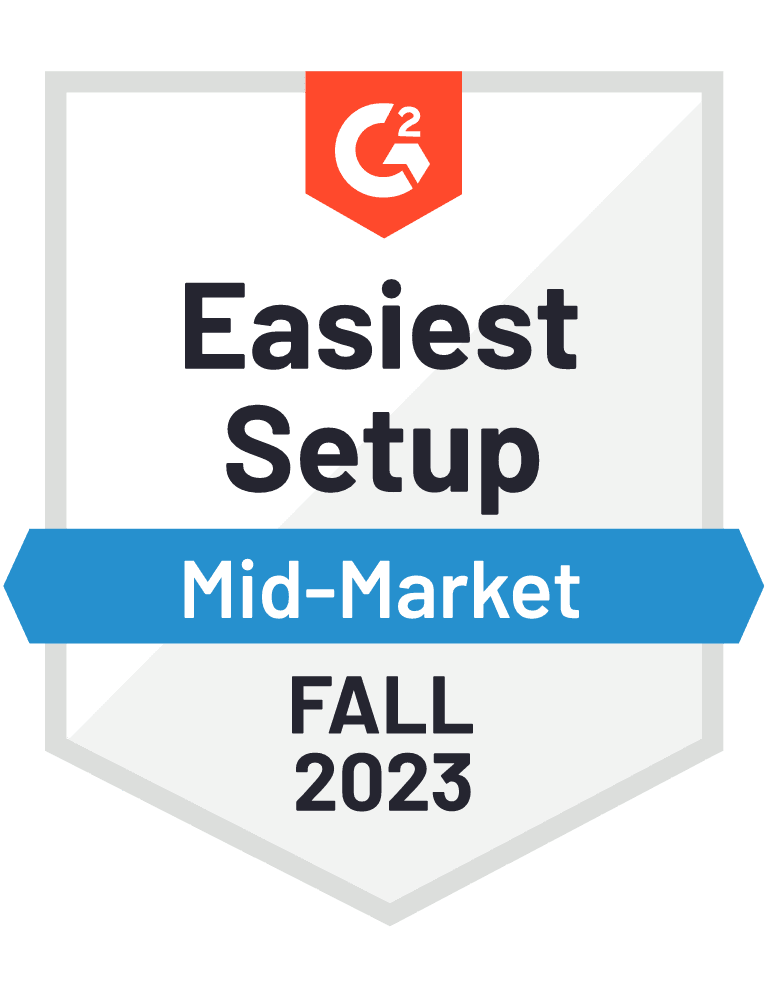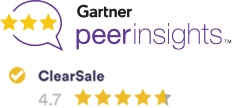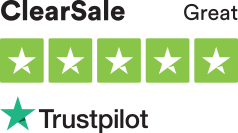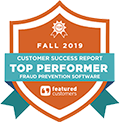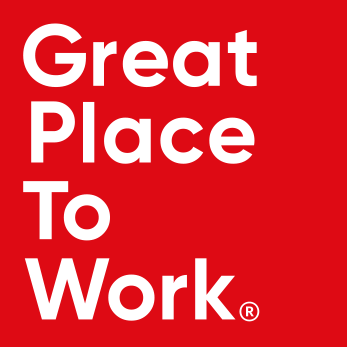America is the nation where ecommerce first took root ... and ecommerce continues to expand into every conceivable corner of the U.S. economy.
Are you ready to make it in America?
In this comprehensive guide, we’ll survey the U.S. market for ecommerce, highlighting trends relevant to foreign companies
looking to enter the market (many of these trends will also be of interest to existing U.S. brick-and-mortar stores who are expanding into ecommerce).
Then we’ll profile the buying habits of the typical U.S. consumer and illuminate some of the key benefits and opportunities of selling into the U.S.
We’ll also explore some of the challenges involved with ecommerce in the United States, including the risk of online payment fraud. Finally, we’ll offer some tips for preventing fraud when selling into the U.S. market.
Grab your stars and stripes, and let’s get started.


